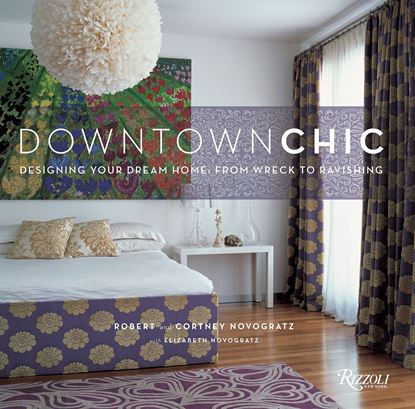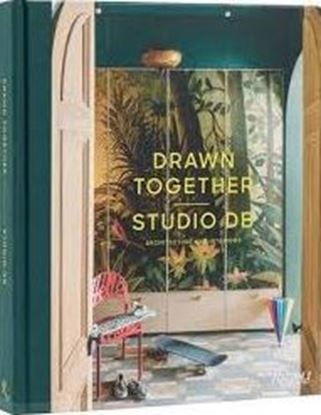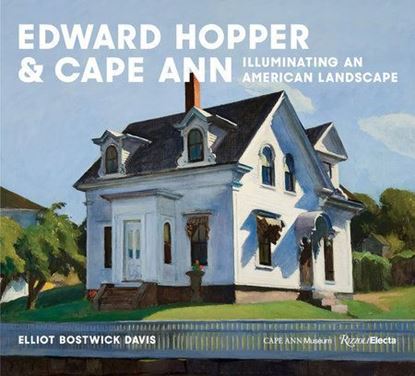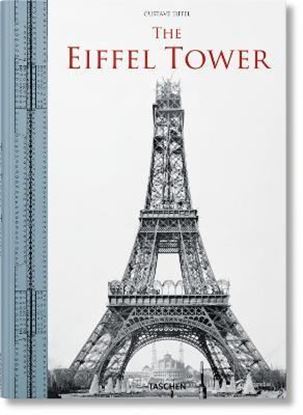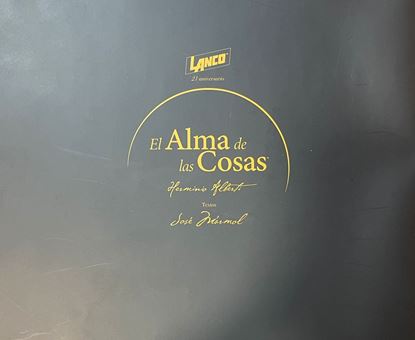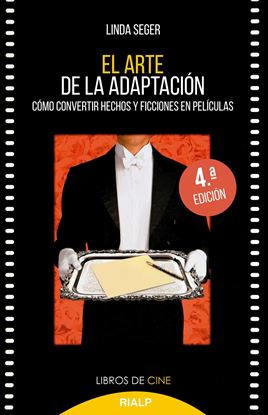

DOWNTOWN CHIC
Robert and Cortney Novogratz, starts of the hit Bravo series 9 BY DESIGN, have been renovating and designing unique and hip homes for families for over ten years. Describing their signature style as a sophisticated but bohemian mix of high and low, new and old, they offer their realistic advice on how to create original, warm interiors with ease.
1,995
1,496
DRAWN TOGETHER STUDIO DB. ARCHITECTURE
Studio DB, a Manhattan-based architecture and interiors firm headed by Britt and Damian Zunino, is inspired by contextual design and eclecticism—the resulting work embraces the juxtaposition of and tension between polished and playful, modern and traditional. Their projects incorporate a mix of materials, sculptural forms, and whimsical pattern and color, all anchored by a contemporary desire for domestic ease. Design details distinguish their work, with tactile materials interpreted in fresh ways. Examples include exquisite de Gournay wallpaper paired with suspended lamps in a variety of geometric forms and the terrazzo floor of a city foyer, incorporating massive chunks of stone slabs and smaller rocks from the client’s climbing adventures.
3,995
2,996
EDWARD HOPPER Y CAPE ANN
A fresh look at one of America’s best-known and beloved artists at a pivotal but little-known moment in his life that profoundly shaped both his art and career.
Edward Hopper & Cape Ann tells the largely ignored but significant origin story of Edward Hopper’s years in and around Gloucester, Massachusetts—a period and place that imbued Hopper’s paintings with a clarity and purpose that had eluded his earlier work. This volume focuses on summers Hopper spent there in the 1920s, starting in 1923, when he first embraced watercolor during outdoor painting excursions on Cape Ann and discovered one of his favorite subjects: houses and vernacular architecture. The success of Hopper’s Gloucester watercolors transformed his work in all media and set the stage for his monumental career.
Accompanying a major retrospective at the Cape Ann Museum, including an unprecedented loan of twenty-eight works from the Whitney Museum of American Art, this highly readable and beautifully illustrated volume reveals in great depth the lesser-known story about the influence of a young painter, Josephine Nivison, who became not only Hopper’s wife but also the most trusted force underlying his artistic confidence. Here she is recast as principal producer of Hopper’s distinctive style and his “brand” visionary from the time of their courtship until his death in 1967.
3,800
2,850
EIFFEL TOWER, 2ND E (JU) (INT)
“The Tower is also present to the entire world... a universal symbol of Paris... from the Midwest to Australia, there is no journey to France which isn’t made, somehow, in the Tower’s name.”
― Roland Barthes
When Gustave Eiffel completed his wrought iron tower on Paris’s Champ de Mars for the World’s Fair in 1889, he laid claim to the tallest structure in the world. Though the Chrysler Building would, 41 years later, scrape an even higher sky, the Eiffel Tower lost none of its lofty wonder: originally granted just a 20-year permit, the Tower became a permanent and mesmerizing fixture on the Parisian skyline. Commanding by day, twinkling by night, it has mesmerized Francophiles and lovers, writers, artists, and dreamers from all over the world, welcoming around seven million visitors every single year.
Based on an original, limited edition folio by Gustave Eiffel himself, this fresh TASCHEN edition explores the concept and construction of this remarkable building. Step by step, one latticework layer after another, Eiffel’s iconic design evolves over double-page plates, meticulous drawings, and on-site photographs, including new images and even more historical context. The result is at once a gem of vintage architecture and a unique insight into the idea behind an icon.
2,995
2,246
EL ARTE DE LA ADAPTACION
Linda Seger explica con claridad cómo adaptar al cine una novela, una obra de teatro o una historia real, y da solución a los problemas más comunes.
Las adaptaciones cinematográficas son, desde hace mucho tiempo, el principal soporte de la industria de Hollywood y de las cadenas de televisión norteamericanas. Además, la mayoría de las cintas que han ganado el Oscar a la mejor película han sido adaptaciones de novelas, obras de teatro o historias reales. Linda Seger, autora de varios libros ya clásicos sobre escritura de guiones, ofrece ahora un manual valioso y completo para guionistas, productores y realizadores que quieran adaptar obras y acontecimientos a la pantalla.
Junto a cómo analizar este material y evaluar su potencial como película, Seger proporciona un método práctico para trasladar al cine la historia, los personajes, los temas y el estilo. La última parte aborda también las cuestiones legales de toda adaptación, las posibilidades de opción sobre una obra y la protección de los derechos como guionista o productor.
1,500
1,125


